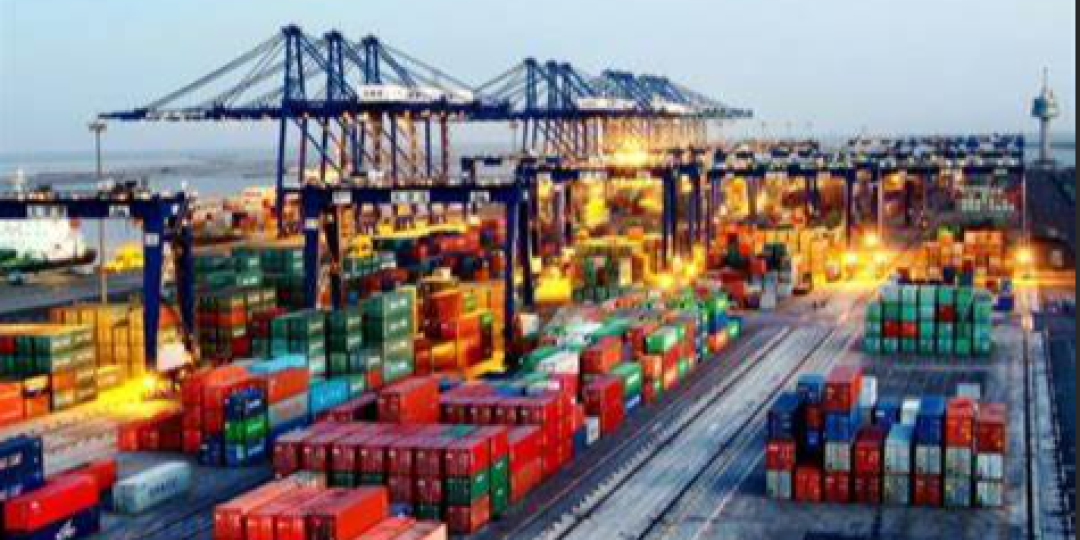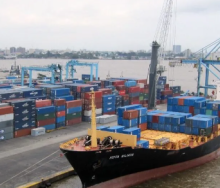The World Trade Organization (WTO) has predicted a gradual uptick in global goods trade this year following a contraction in 2023 that was driven by the lingering effects of high energy prices and inflation.
In its latest Global Trade Outlook and Statistics report, WTO economists predict the volume of world merchandise trade should increase by 2.6% in 2024 and 3.3% in 2025 after falling 1.2% in 2023. However, regional conflicts, geopolitical tensions and economic policy uncertainty pose substantial downside risks to the forecast.
Inflationary pressures are expected to abate this year, allowing real incomes to grow again — particularly in advanced economies — thus providing a boost to the consumption of manufactured goods. A recovery of demand for tradable goods in 2024 is already evident, with indices of new export orders pointing to improving conditions for trade at the start of the year.
WTO Director-General Ngozi Okonjo-Iweala said: “We are making progress towards global trade recovery, thanks to resilient supply chains and a solid multilateral trading framework — which are vital for improving livelihoods and welfare. It's imperative that we mitigate risks like geopolitical strife and trade fragmentation to maintain economic growth and stability.”
High energy prices and inflation continued to weigh heavily on demand for manufactured goods, resulting in a 1.2% decline in world merchandise trade volume for 2023. The decline was larger in value terms, with merchandise exports down 5% to $24.01 trillion. Trade developments on the services side were more upbeat, with commercial services exports up 9% to $7.54 trillion, partly offsetting the decline in goods trade.
Import volumes were down in most regions but especially in Europe, where they fell sharply. The main exceptions were large fuel-exporting economies, whose imports were sustained by strong export revenues as energy prices remained high by historical standards. World trade remained well above its pre-pandemic level throughout 2023. By the fourth quarter it was nearly unchanged compared to the same period in 2022 (+0.1%) and had only risen slightly compared to the same period in 2021 (+0.5%).
The report further estimates global GDP growth at market exchange rates will remain mostly stable over the next two years at 2.6% in 2024 and 2.7% in 2025, after slowing to 2.7% in 2023 from 3.1% in 2022. The contrast between the steady growth of real GDP and the slowdown in real merchandise trade volume is linked to inflationary pressures, which had a downward effect on consumption of trade-intensive goods, It warns, however,that geopolitical tensions and policy uncertainty could limit the extent of the trade rebound. Food and energy prices could again be subject to price spikes linked to geopolitical events. The special analytical section on the Red Sea crisis notes that while the economic impact of the Suez Canal disruptions stemming from the Middle East conflict has so far been relatively limited, some sectors, such as automotive products, fertilisers and retail, have already been affected by delays and freight costs hikes.
At a regional level, if current projections hold, Africa's exports will grow faster than those of any other region in 2024, up 5.3%; this, however, is from a low base, since the continent's exports remained depressed after the Covid-19 pandemic.













